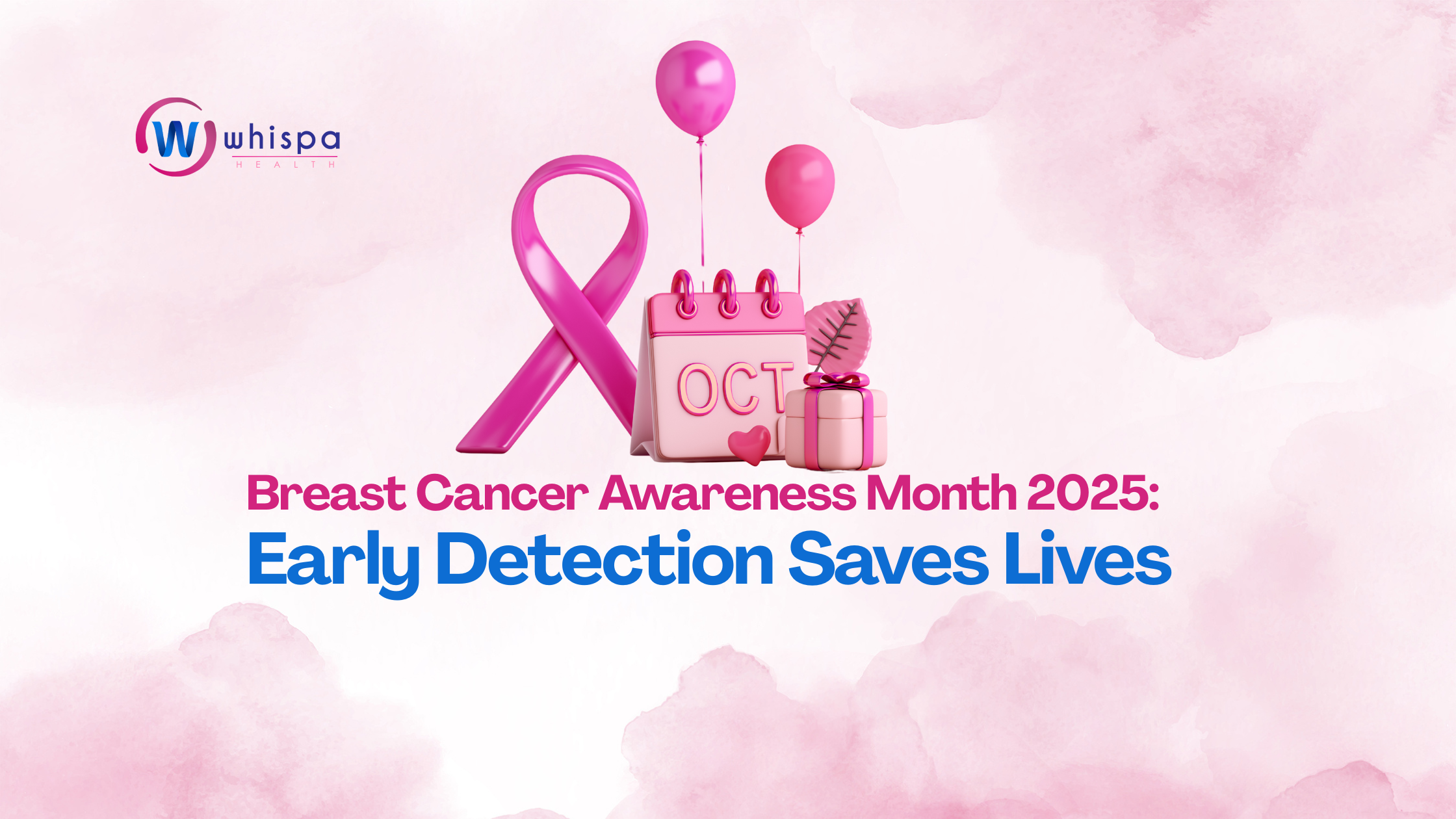When it comes to the “are you fertile?” question, it applies to both men and women. For pregnancy to occur, the man and the woman involved must both be fertile. Being fertile refers to the ability of a person to produce offspring. For the sake of this discussion, we’ll be focusing on fertility in women.
Canadian Casino Architecture: More Than Just a Place to Gamble
Step into the world of Canadian casino architecture, where the design goes beyond mere functionality to create a captivating experience for visitors. Casinos in Canada are not just places to gamble; they are architectural wonders that blend entertainment, luxury, and innovation. From the iconic structures in bustling cities to the serene resorts nestled in scenic landscapes, each casino boasts its unique design that reflects the spirit of the region it calls home.
In this article, we delve into the fascinating realm of Canadian casino architecture, exploring how these establishments have evolved into more than just gaming destinations. Discover the fusion of art and technology, the influence of cultural elements, and the strategic use of space to enhance the overall guest experience. Join us on a journey through the stunning landscapes of Canada, where each casino tells a story through its architectural language, inviting you to explore beyond the gaming floors and into a world of design and creativity.
The Influence of Canadian Culture on Casino Design
Canadian casino architecture is a fascinating blend of luxury, entertainment, and design innovation. Beyond being mere gambling hubs, these establishments are architectural marvels that captivate visitors with their grandeur and attention to detail. From the iconic glass towers of Toronto’s casinos to the rustic charm of those nestled in the Canadian Rockies, each casino showcases a unique architectural style that reflects the region’s culture and heritage.
One notable aspect of Canadian casino architecture is the seamless integration of modern amenities with natural surroundings. Many casinos in Canada are designed to offer breathtaking views of the surrounding landscapes, whether it’s the Niagara Falls or the majestic mountains of British Columbia. The use of large windows, open spaces, and outdoor terraces creates a harmonious connection between the indoor gaming areas and the beauty of the great outdoors.
Moreover, Canadian casinos are not just about gambling; they are entertainment destinations that cater to a diverse audience. The architecture of these establishments often includes world-class restaurants, theaters, shopping boutiques, and luxurious spas, providing visitors with a complete entertainment experience. Whether you’re a high-roller at the gaming tables or simply looking to indulge in fine dining and live shows, Canadian casinos offer a one-of-a-kind architectural experience that goes beyond traditional gambling venues.
Integrating Sustainability and Environmental Considerations in Casino Architecture
Canadian casino architecture is a vibrant and dynamic aspect of the country’s entertainment landscape. Beyond being mere gambling venues, Canadian casinos are architectural marvels that showcase innovation and creativity. From the iconic CN Tower in Toronto to the stunning riverside casinos in Vancouver, each casino in Canada is a unique blend of design and functionality.
One notable example of Canadian casino architecture is the impressive casizoid.org, located in Montreal. This architectural masterpiece seamlessly integrates modern design with elements of Canadian heritage, creating an unforgettable experience for visitors. The grand facade and interior of casizoid.org reflect the rich cultural tapestry of Canada, making it more than just a place to gamble but a destination for art and architecture enthusiasts alike.
Canadian casino architecture goes beyond aesthetics, as it also focuses on sustainability and environmental consciousness. Many casinos in Canada are designed to minimize their ecological footprint, incorporating green technologies and practices into their structures. This commitment to sustainability not only enhances the overall appeal of Canadian casinos but also underscores the country’s dedication to responsible development.
The Evolution of Casino Resorts as Entertainment Complexes
Canadian casino architecture goes beyond being just a venue for gambling; it embodies a fusion of entertainment, luxury, and innovation. From the iconic architectural marvels in cities like Montreal and Vancouver to the modern designs in Calgary and Niagara Falls, Canadian casinos are designed to captivate visitors with their grandeur and sophistication. These architectural wonders feature elaborate facades, striking interiors, and state-of-the-art amenities that create an immersive experience for guests.
Moreover, Canadian casino architecture often integrates elements of local culture and history, showcasing unique design elements inspired by indigenous art, natural landscapes, and regional heritage. The blending of contemporary design with traditional influences results in casino spaces that are not only visually stunning but also culturally significant. Whether it’s the sleek lines of a metropolitan casino or the rustic charm of a resort-style venue, Canadian casino architecture reflects a commitment to creating spaces that transcend mere gambling and offer guests a truly unforgettable experience.
Embracing Innovation and Technology in Modern Casino Design
Canadian casino architecture goes beyond being merely a space for gambling; it embodies a unique blend of entertainment, luxury, and design. Many Canadian casinos are architectural marvels that reflect the culture and heritage of the region they are located in. From the modern and sleek designs of urban casinos to the grand and opulent structures set against picturesque landscapes, each casino tells a story through its architecture.
Architectural elements such as intricate facades, striking interiors, and themed decor transport visitors to a world of indulgence and excitement. Canadian casinos often feature state-of-the-art technology and innovative design concepts that enhance the overall gaming experience. Whether it’s the iconic CN Tower looming over the Toronto skyline or a casino nestled in the heart of the Rocky Mountains, Canadian casino architecture captures the essence of luxury and entertainment, making it more than just a place to gamble.
Canadian casino architecture is a dynamic and multifaceted element that goes beyond just providing a space for gambling. From the iconic designs of Niagara Fallsview Casino Resort to the modern and sleek features of Casino de Montréal, these architectural wonders serve as cultural landmarks that embody innovation and entertainment. The blend of luxury, entertainment, and functionality in Canadian casino architecture creates an immersive experience for visitors, showcasing the importance of design in shaping the overall atmosphere and identity of these establishments. As these casinos continue to evolve and push boundaries in architectural creativity, they solidify their reputation as more than just places to gamble, but as integral parts of Canada’s vibrant entertainment landscape.
For a woman, being fertile is the ability to get pregnant after regular unprotected sexual intercourse within a specified period. The health of your reproductive system plays a vital role in your fertility. Your reproductive system consists of the ovaries, fallopian tubes and the womb. Most schools of thought include “the ability to stay pregnant for full term” in the criteria to define a fertile woman.
Monitoring your fertility can help you determine how and when to get pregnant.
Ovulation, fertility, LMP, TTC, FSH, etc. These are just some of the words and acronyms you may come across once you decide it’s time to get pregnant.
Your Menstrual Cycle & Your Fertility
Your menstrual cycle is the major predictor of your fertility. A good place to start your TTC (Trying To Conceive) journey will be to know your LMP (last menstrual period). Your LMP is the first day of your most recent period, i.e. day 1. Most women have a menstrual cycle of between 21 to 35 days. The length of your cycle should be predictable. An unpredictable or irregular menstrual cycle can signify an underlying problem with your reproductive system.
The menstrual cycle is divided into four phases: The Menstrual Phase, The Follicular Phase, The Ovulation Phase, and The Luteal Phase.
Of all the four phases, the ovulation phase is the only time when you can get pregnant. This is why in order for you to tell if you are fertile, you need to be familiar with the signs of ovulation.
The 2 major signs of ovulation are a slight increase in basal body temperature and a thicker, clear white vaginal discharge. Ovulation usually lasts for only 24 hours.
Are you fertile enough to get pregnant?
You are ready to get pregnant, and you are wondering how long the trying-to-conceive (TTC) journey would be. It is important to be aware of how your body works and how ready you are to carry a healthy pregnancy to full term.
That you didn’t get pregnant in the first month that you started trying doesn’t mean you are infertile. There could be some variations in the menstrual cycle from one month to the other. Let us look at the definition of infertility.
“Infertility is defined as a disability and a disease of the reproductive system defined by the failure to achieve clinical pregnancy after 12 months or more of regular unprotected sex according to the WHO
Depending on your age at the time of TTC, you will not be termed as infertile until between 6 months to one year of you trying to conceive. You can make the journey easier by being familiar with some signs of fertility. To get familiar with these signs, do the following:
- Know your menstrual cycle length: For the next 3 months, record the first day of your period, count the days from day 1 to the day 1 of the next month. This should give you an idea of your cycle length. Tracking the days of your menstrual cycle is essential to the whole process of fertility. It is believed that most women ovulate at around 14 days before the next cycle begins, meaning on the 14th day of your cycle if your cycle length is 28 days, on the 18th day of your cycle if your cycle length is 32 days, and so on and so forth.
- Start checking your cervical mucus: The cervical mucus varies in appearance and texture depending on the phase of the menstrual cycle. During ovulation, the mucus becomes thicker, stretchier, and clear like egg-white.
- Start checking your basal body temperature. Basal body temperature is your lowest body temperature during a period of rest, and it’s particularly useful in estimating the day of ovulation. Get a thermometer to measure your temperature every morning before you get out of bed or get involved in any activities. Take this reading at the same time everyday and record it. Your basal body temperature usually drops right before ovulation, then increases rapidly after ovulation. This is an indication of your fertile window. Pay close attention because the increase can be as little as a 0.3-0.6 degrees Celsius.
- Check the position of your cervix. Immediately after your current or next period, insert your longest finger up your vagina, you should feel the cervix. It feels quite firm like the tip of the nose. Just after your period, the cervix stays low down in the vagina, so this should be easy for you to feel. The opening of the cervix feels like a depression in the center of the cervix. As the days progress to your fertile window, the cervix moves upward and becomes harder to feel. When you are about to ovulate, the cervix reopens in preparation to allow sperm in. This opening can also be an indication of fertility.
Practicing doing these 4 stated things will help you get better at predicting your fertility window.
You should keep in mind though that anything that goes wrong with any part of your reproductive system can make you infertile despite checking for these 4 things.
Some of the other problems that can cause infertility are blocked fallopian tubes, anovulation, endometriosis, etc. You should speak with a doctor on Whispa to get more insights into your fertility status.
Have a great time TTC.
Yours Heartily,
Whispa Health




